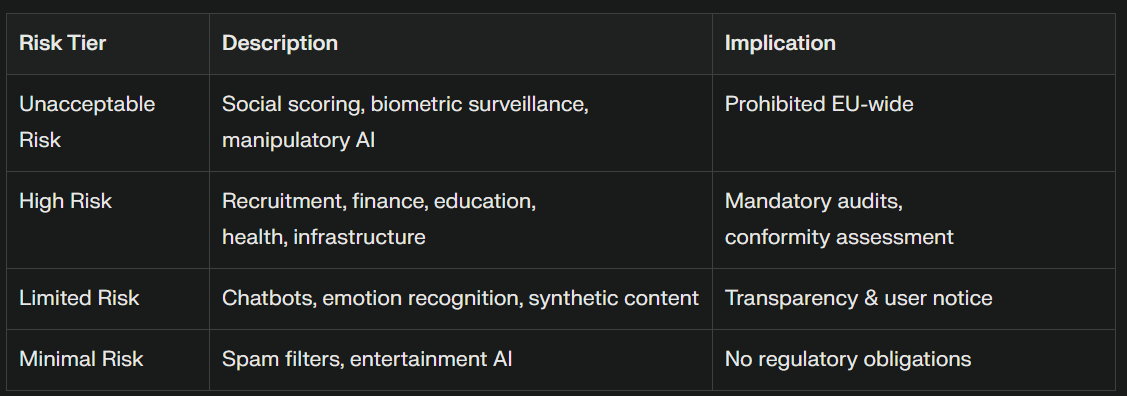Operational Sovereignty in a Bifurcated AI World: EU AI Act vs U.S. Legislative Drift
The EU AI Act—Regulation (EU) 2024/1689—entered into force on 1 August 2024, with enforcement of most provisions beginning 2 August 2026. Prohibitions on highest-risk practices began on 2 February 2025.
LLMs and frontier models face enhanced scrutiny—disclosure of training datasets, compute thresholds, risk mitigation plans.
U.S. Policy: Deregulated Directive and State Fragmentation
On 23 January 2025, President Trump issued Executive Order 14179, titled Removing Barriers to American Leadership in Artificial Intelligence, mandating development of a comprehensive AI Action Plan within 180 days and repealing Biden-era constraints.
Subsequently, on 23 July 2025, the White House released America's AI Action Plan and signed three executive orders promoting deregulation, infrastructure expansion, and export growth. The plan instructs agencies to discourage states with strict AI laws by limiting federal funding, prioritizes 'ideologically‑neutral' AI models, removes DEI language from federal frameworks, and streamlines data center permitting via federal land support.
Critics warn this approach raises risks of bias, misinformation, and weakened public safeguards .
Moreover, the TAKE IT DOWN Act (signed into law May 19, 2025) - criminalizes non-consensual AI-generated intimate imagery. The TAKE IT DOWN Act represents the first binding federal AI law, though it addresses only a narrow category of AI-generated content. However, the Act’s reach is limited—and it raises serious questions about enforcement, privacy, and unintended overreach.
Strategic Directive: Build Above the Highest Bar
For fiduciary institutions managing generational wealth across borders, compliance is not optional—it is strategic integrity. At FiduciaCorp we suggest to adopt the EU AI Act as your minimum operational standard:
Classify all AI systems under the EU risk tiers.
Conduct AI impact assessments for high-risk systems.
Maintain audit documentation of training data, model lineage, compute metrics.
Log and govern all general-purpose AI tools internally.
Appoint an AI Governance Officer with board-level oversight.
This is not a compliance posture. It is sovereign architecture.
FiduciaCorp: Mastering AI, Empowering Wealth



